11 Ways Processed Food Is Different from Real Food
11 Ways Processed Food Is Different from Real Food
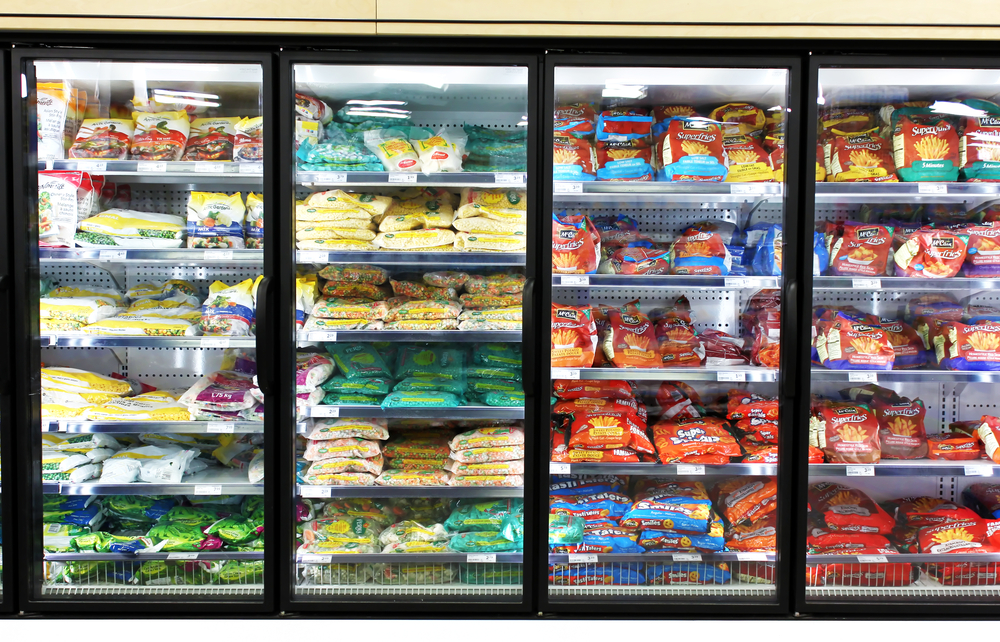
What exactly makes processed food unhealthy?
In a new editorial, published today (Jan. 23) in the journal JAMA Pediatrics, Dr. Robert Lustig, a pediatrician and longtime childhood-obesity researcher at the University of California, San Francisco, outlined 11 ways in which processed foods differ nutritionally from unprocessed foods.
Moreover, Lustig argued in the editorial, processed foods have harmed Americans in four areas: The foods have increased refined carbohydrate intake, increased rates of obesity and type 2 diabetes, harmed the environment, and driven Americans to spend more on health care, Lustig wrote. [10 Ways to Promote Kids' Healthy Eating Habits]
Processed foods are defined in terms of the food engineering that goes into making the products, Lustig wrote. A processed food meets the seven following criteria, the editorial said: The food is mass-produced, is consistent from batch to batch, is consistent from country to country, uses specialized ingredients, consists of prefrozen macronutrients, stays emulsified (meaning that its fat-based and water-based components stay mixed together, rather than separating), and has a long shelf or freezer life.
But defining processed foods by these engineered properties doesn't reflect the vast nutritional differences between processed and unprocessed foods, Lustig wrote. Read on to learn about what makes processed food different.
Not enough fiber
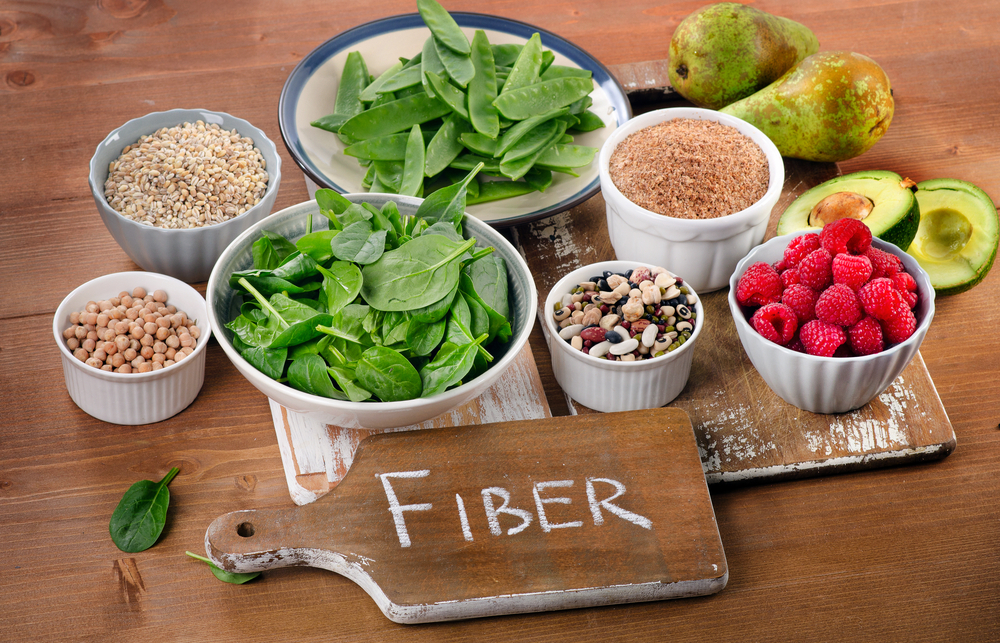
Compared with unprocessed food, processed food has too little fiber, Lustig wrote.
Fiber is important to health because it plays a key role in how food is absorbed in the gut. In the intestines, fiber forms a gelatinous barrier that coats the intestinal walls, according to the editorial.
Get the world’s most fascinating discoveries delivered straight to your inbox.
This barrier slows the absorption of glucose and fructose into the blood, which helps prevent blood sugar levels from spiking. The slow absorption of food gives gut bacteria more time to feed on it, the editorial said. When gut bacteria break down food, the compounds they produce can benefit the body.
Not enough omega-3 fatty acids

Processed food contains too few omega-3 fatty acids, the editorial said.
The body converts these fatty acids, which are found in foods such as fish and nuts, into compounds called docosahexaenoic acid and eicosapentaenoic acid, both of which have anti-inflammatory properties, Lustig wrote.
Too many omega-6 fatty acids
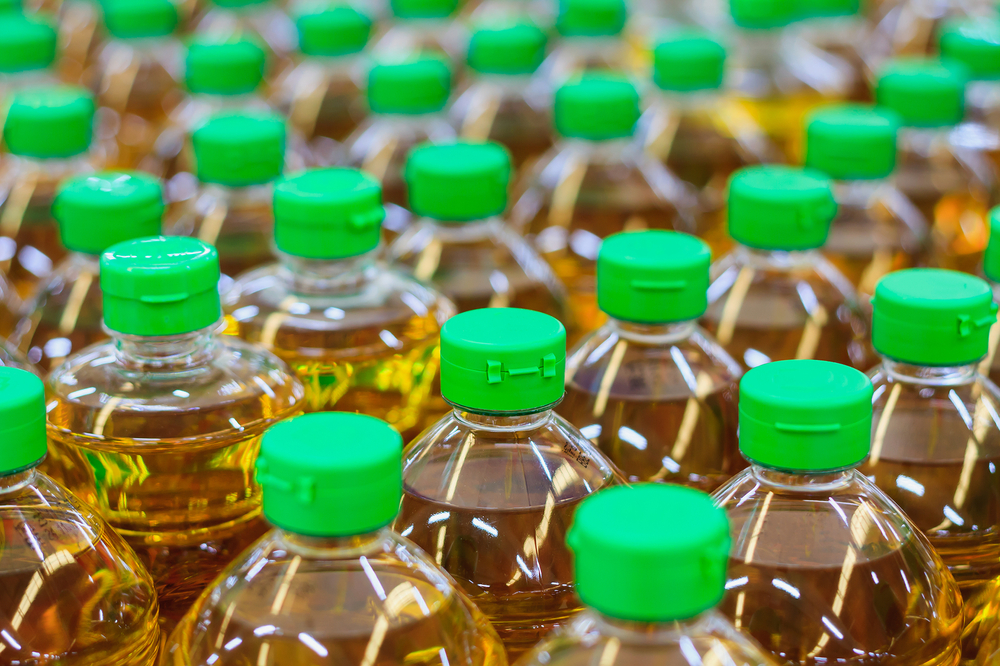
Conversely, processed foods contain too many omega-6 fatty acids, Lustig wrote.
These fatty acids, though similar to omega-3s, are converted in the body to a proinflammatory compound called arachidonic acid.
Lustig noted in the editorial that the ratio of omega-6 to omega-3 fatty acids in the diet should ideally be one to one; however, the typical U.S. diet has an omega-6 to omega-3 ratio of 25 to one, which favors a proinflammatory state. This inflammation can cause oxidative stress and damage to cells in the body, he wrote.
Not enough micronutrients

Processed foods contain too few vitamins and minerals, known as micronutrients.
Many of these micronutrients, such as vitamins C and E, act as antioxidants, which help prevent cellular damage, Lustig wrote.
Too many trans fats

Trans fats are another problem for processed foods, the editorial said.
Though the Food and Drug Administration has passed new regulations that require companies to remove trans fats from their foods by June 2018, the ingredients are still currently found in processed foods.
Trans fat molecules are structurally different from other types of fats, such as omega-3 and omega-6 fatty acids. Because of this difference — a double bond found in the molecule — the body is unable to break down trans fats, Lustig wrote.
Instead, the trans fats end up in a person's arteries and liver, where they generate damaging free radicals, he wrote.
Too many branched-chain amino acids
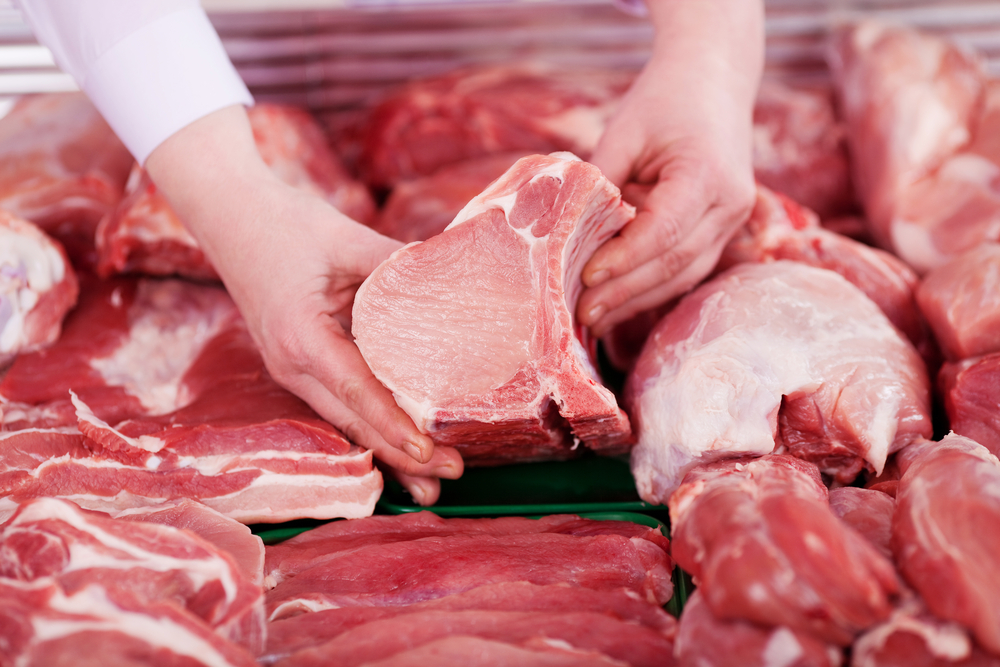
Processed foods contain too many branched-chain amino acids, the editorial said.
Amino acids are the building blocks of proteins. The "branched-chain" in the name refers to the chemical structure of the amino acid. Several amino acids that the body needs, including valine, leucine and isoleucine, have branched chains, Lustig wrote.
And although branched-chain amino acids are needed for building muscle, when a person eats too many of them, the excess molecules go to the liver, where they are converted to fat, he wrote.
Too many emulsifiers

Emulsifiers, which are compounds that help keep fat and water from separating in foods, are also found in high levels in processed foods, the editorial said.
These compounds act as detergents, however, and can strip away a type of mucus membrane that lines the intestines, protecting cells, Lustig wrote.
This can put people at risk for intestinal disease or food allergies, he wrote.
Too many nitrates
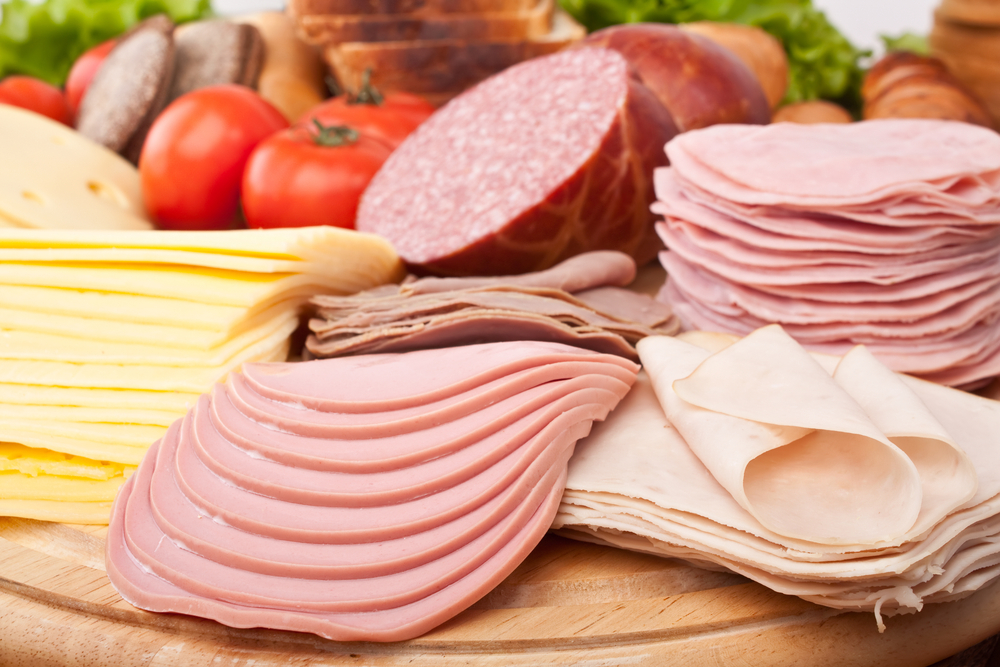
Nitrates, which are found in products such as cured meat, are converted in the body to compounds called nitrosoureas, according to the editorial.
These compounds have been linked to colon cancer, Lustig wrote.
Too much salt
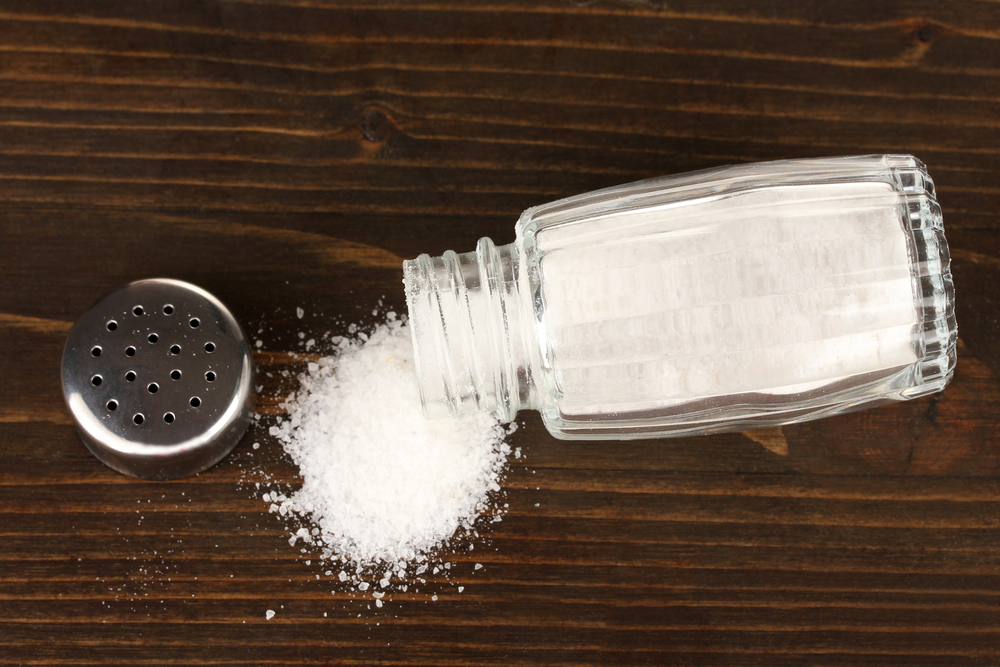
Unsurprisingly, processed foods contain more salt than unprocessed foods, the editorial said.
Too much salt in the diet is linked to hypertension and heart disease, Lustig wrote.
Too much ethanol

This distinction doesn't apply to all processed foods, but too much ethanol, or alcohol, is a concern for adults, Lustig noted.
Ethanol is converted in the body into liver fat and also plays a role in oxidative stress, he wrote. Drinking too much alcohol is linked to a number of diseases, including type 2 diabetes and nonalcoholic fatty liver disease, according to the editorial.

 Live Science Plus
Live Science Plus





